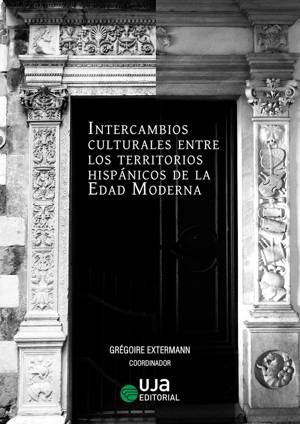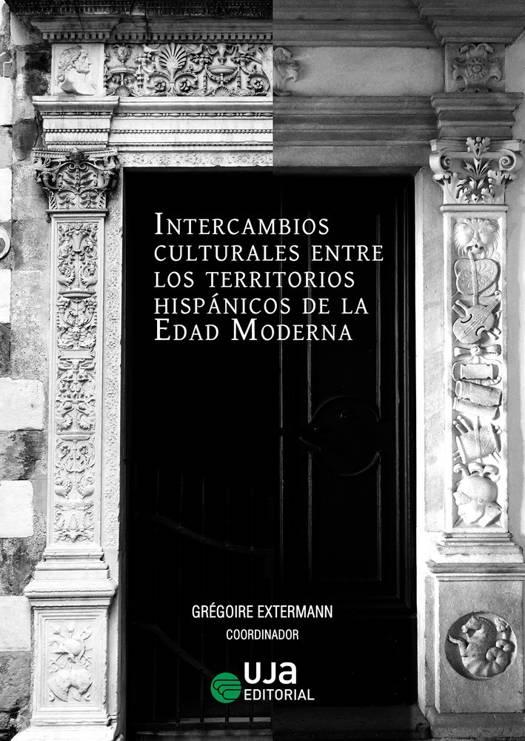
Je cadeautjes zeker op tijd in huis hebben voor de feestdagen? Kom langs in onze winkels en vind het perfecte geschenk!
- Afhalen na 1 uur in een winkel met voorraad
- Gratis thuislevering in België vanaf € 30
- Ruim aanbod met 7 miljoen producten
Je cadeautjes zeker op tijd in huis hebben voor de feestdagen? Kom langs in onze winkels en vind het perfecte geschenk!
- Afhalen na 1 uur in een winkel met voorraad
- Gratis thuislevering in België vanaf € 30
- Ruim aanbod met 7 miljoen producten
Zoeken
Intercambios Culturales Entre Los Territorios Hispanicos De La Edad Moderna
Gregoire Extermann, Sara Bova, Sabine Frommel, Pedro A. Galera Andreu, Angel Jus Estebaranz
Paperback | Engels
€ 38,45
+ 76 punten
Omschrijving
El libro aborda los intercambios artísticos en la realidad transcontinental y polifacética de la monarquía española del Antiguo Régimen, centrándose en las artes hermanas de la arquitectura y la escultura.A través de la introducción y los once ensayos que componen el volumen, se abordan temas como la preeminencia de Génova, nudo relacional, logístico y artístico de la monarquía en el siglo XVI; la función de los tratados de arquitectura como difusores de modelos libremente reinterpretados, de Diego de Sagredo a Juan Andrés Ricci con un dominio absoluto del de Sebastiano Serlio; y las estrechas relaciones entre la península ibérica y los virreinatos americanos a nivel comercial, científico, arquitectónico y cultural. En todos estos temas, Andalucía constituye un punto de referencia constante, por su condición de pasaje entre los continentes, tierra de estratificado patrimonio ornamental y lugar de audaces experiencias arquitectónicas que culminaron en la realidad material, social y colectiva de las grandes catedrales del siglo XVI.The book deals with artistic interests in the transcontinental and multifaceted reality of the Spanish monarchy of the Ancient Regime, focusing on the sister arts of architecture and sculpture.Through the introduction and the eleven essays that make up the volume, topics such as the pre-eminence of Genoa, the relational, logistical and artistic hub of the monarchy in the 16th century; the function of architectural treatises as diffusers of freely reinterpreted models, from Diego Sagredo to Juan Andrés Ricci with absolute mastery of that of Sebastiano Serlio; and the close relations between the Iberian peninsula and the viceroyalties of the Americas at a commercial, scientific, architectural and cultural level. In all these areas, Andalusia is a constant point of reference, due to its status as a passageway between the continents, a land of stratified ornamental heritage and a place of audacious architectural experiments that culminated in the material, social and collective reality of the great cathedrals of the 16th century.
Specificaties
Betrokkenen
- Auteur(s):
- Uitgeverij:
Inhoud
- Aantal bladzijden:
- 272
- Taal:
- Engels
Eigenschappen
- Productcode (EAN):
- 9788491596431
- Verschijningsdatum:
- 20/12/2024
- Uitvoering:
- Paperback
- Afmetingen:
- 170 mm x 240 mm
- Gewicht:
- 769 g

Alleen bij Standaard Boekhandel
+ 76 punten op je klantenkaart van Standaard Boekhandel
Beoordelingen
We publiceren alleen reviews die voldoen aan de voorwaarden voor reviews. Bekijk onze voorwaarden voor reviews.









